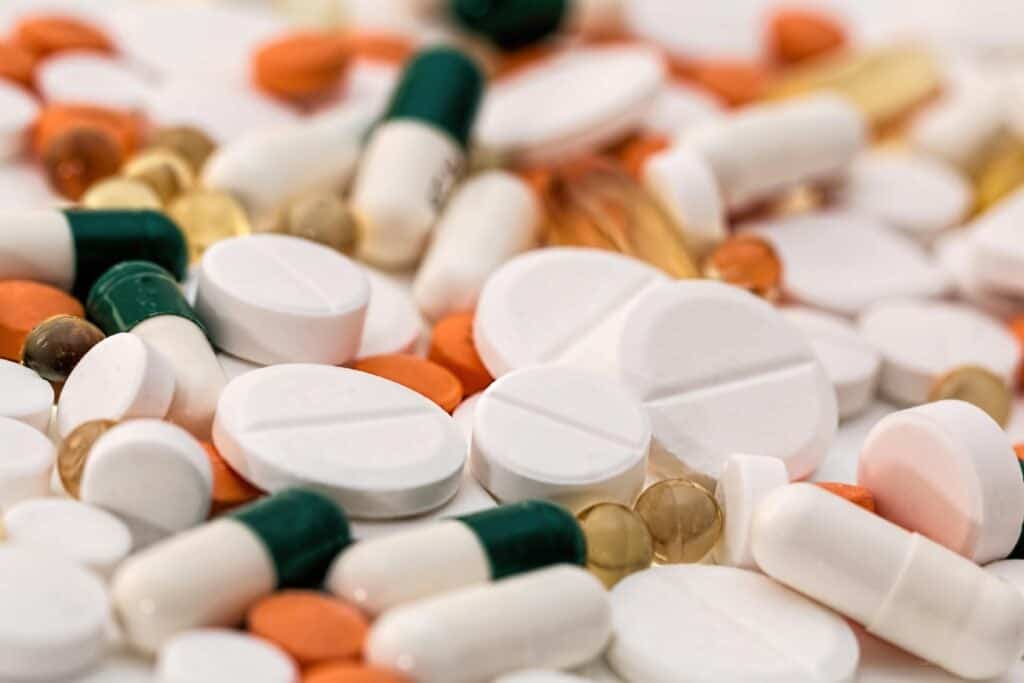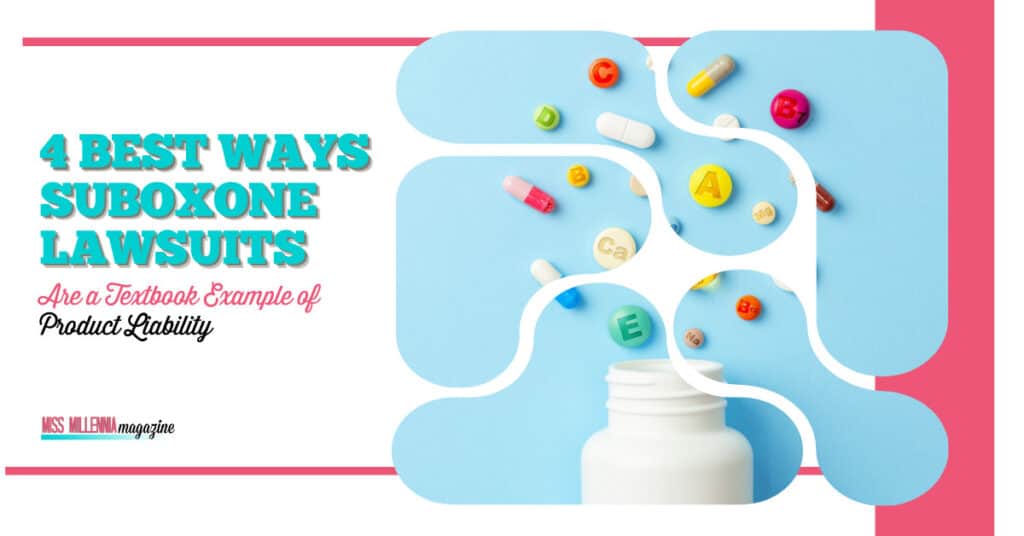4 Best Ways Suboxone Lawsuits Are a Textbook Example for Product Liability
Suboxone, a medication approved to treat opioid addiction, combines buprenorphine and naloxone to reduce withdrawal symptoms and curb cravings. As opioid addiction remains a critical public health crisis, Suboxone offers a lifeline to many striving for recovery.
However, recent years have seen a surge in lawsuits targeting the drug’s manufacturer. Plaintiffs allege that Suboxone film, specifically, causes dental issues—a risk they claim was not adequately disclosed.
Given the gravity of these allegations, it’s wise to hire a product liability attorney if affected. Such legal expertise can be crucial in navigating the complex landscape of pharmaceutical litigation.
These Suboxone lawsuits highlight significant principles of product liability law, underscoring companies’ need to inform consumers about their products’ potential risks fully. This situation exemplifies the ongoing battle between pharmaceutical benefits and the duty to protect public health.
What is Product Liability?
Product liability law holds manufacturers and sellers accountable for placing defective products in the hands of consumers. To win a product liability case, a plaintiff must prove three key elements:

- Duty to Warn: The manufacturer had a duty to warn consumers about potential risks associated with the product’s intended use.
- Defect: The product had a manufacturing defect, a design defect, or lacked adequate instructions/warnings, making it unreasonably dangerous.
- Causation: The defect in the product directly caused the plaintiff’s injury.
Product liability claims can fall into two main categories: strict liability and negligence. Strict liability focuses solely on the product’s defective nature, regardless of the manufacturer’s intent. Negligence, however, requires proof that the manufacturer failed to take reasonable steps to ensure product safety.
The Suboxone Case: Allegations and Potential Claims
The recent lawsuits against Suboxone’s manufacturer center on a troubling link between the medication and severe dental issues. Plaintiffs allege that Suboxone film dissolves under the tongue and exposes teeth to acidic and sugary residues. This acidic environment, they claim, significantly increases the risk of tooth decay, cavities, gum disease, and even tooth loss. These lawsuits argue that the manufacturer failed to warn patients and healthcare providers about this potential side effect.
Beyond the lack of warnings, some lawsuits might also pursue design defect claims. This could involve arguing that the film’s composition or dissolving properties inherently risk oral health, suggesting alternative designs could have mitigated this issue.
Duty to Warn: Did Suboxone’s Manufacturer Fall Short?
The “duty to warn” concept in product liability law mandates that manufacturers inform consumers of any potential risks associated with their products. Adequate warnings must be clear, visible, and comprehensive enough to allow consumers to make informed decisions about product use, weighing the benefits against the risks.
In 2022, Suboxone’s manufacturer updated the drug’s labeling to include warnings about possible dental problems. This change was significant, as it acknowledged the potential for severe dental issues, such as tooth decay and loss, which users of the Suboxone film had reported.
Lawsuits against the manufacturer argue that this warning came too late. Plaintiffs claim that the company knew or should have known about the risks much earlier, based on consumer reports and studies suggesting a link between the film’s use and dental damage.
They contend that the manufacturer’s delay in updating the warning labels prevented users from taking necessary precautions to protect their oral health. These lawsuits highlight a critical question: did the manufacturer fulfill its duty to warn adequately, or did it fall short, thus endangering users’ health for an extended period?
Causation and Damages in Suboxone Lawsuits
Causation is critical in product liability cases. Plaintiffs must prove the defective product directly caused their injuries. Establishing a clear link between Suboxone and dental problems can be challenging. Multiple factors can contribute to oral health, making it difficult to isolate Suboxone’s specific role.

Despite these challenges, plaintiffs might present evidence, such as dental records, showing a rapid decline in oral health after starting Suboxone treatment. Additionally, they might seek expert testimony to establish a causal connection.
If successful, plaintiffs could recover various damages, including:
- Medical expenses: This covers costs associated with treating Suboxone-related dental problems, such as fillings, extractions, or dentures.
- Pain and suffering: This compensates for physical and emotional distress caused by the dental issues.
The MDL: Consolidating Suboxone Cases
Multidistrict Litigation (MDL) is a legal process designed to streamline complex cases that involve multiple plaintiffs against the same defendant across different jurisdictions. By consolidating these cases in one court, MDL aims to increase efficiency, reduce conflicting rulings, and expedite the handling of pretrial proceedings.
In January 2024, the Suboxone MDL was established to manage the numerous lawsuits alleging dental damage from the Suboxone film. This consolidation is beneficial as it centralizes the discovery process, allowing for a more systematic approach to gathering evidence and testimonies. It also enhances the possibility of achieving a uniform resolution across the cases, providing clarity and fairness to all parties involved.
Moving Forward: The Road Ahead
The Suboxone litigation could unfold in several ways. Depending on the progress of the MDL, cases might be settled individually or collectively. Alternatively, some cases may proceed to trial.
There’s also a possibility of dismissal if the evidence is insufficient. Regardless of the outcome, these lawsuits raise essential questions about the pharmaceutical industry’s responsibility to disclose potential risks and prioritize patient safety.







